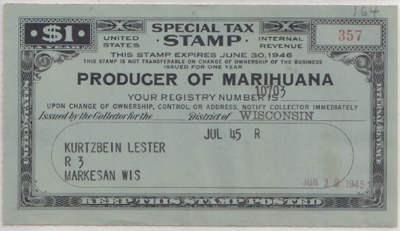What is Hemp?
A common question people have when they first encounter hemp is, "What exactly is hemp?" There's often confusion about the differences between hemp and marijuana, and many don’t realize that they are distinct from one another. Hemp refers to the cannabis plant when it's cultivated for its seeds and fiber. While both hemp and marijuana are varieties of cannabis, they serve different purposes and have unique uses. Hemp has been utilized for thousands of years as a source of food, paper, oil, textiles, and rope, and is one of the oldest domesticated plants in history.
Since hemp is a type of cannabis, some people wonder how it differs from marijuana. Many might ask, “Will hemp get me high?” or “Does hemp contain THC?” The answer is no—hemp will not get you high. It contains less than 0.3% THC, the compound responsible for marijuana's psychoactive effects. This means hemp is completely safe to use in various forms—whether for food, soaps, lotions, or textiles—and it won’t cause you to fail a drug test.
There are 3 types of hemp cultivars
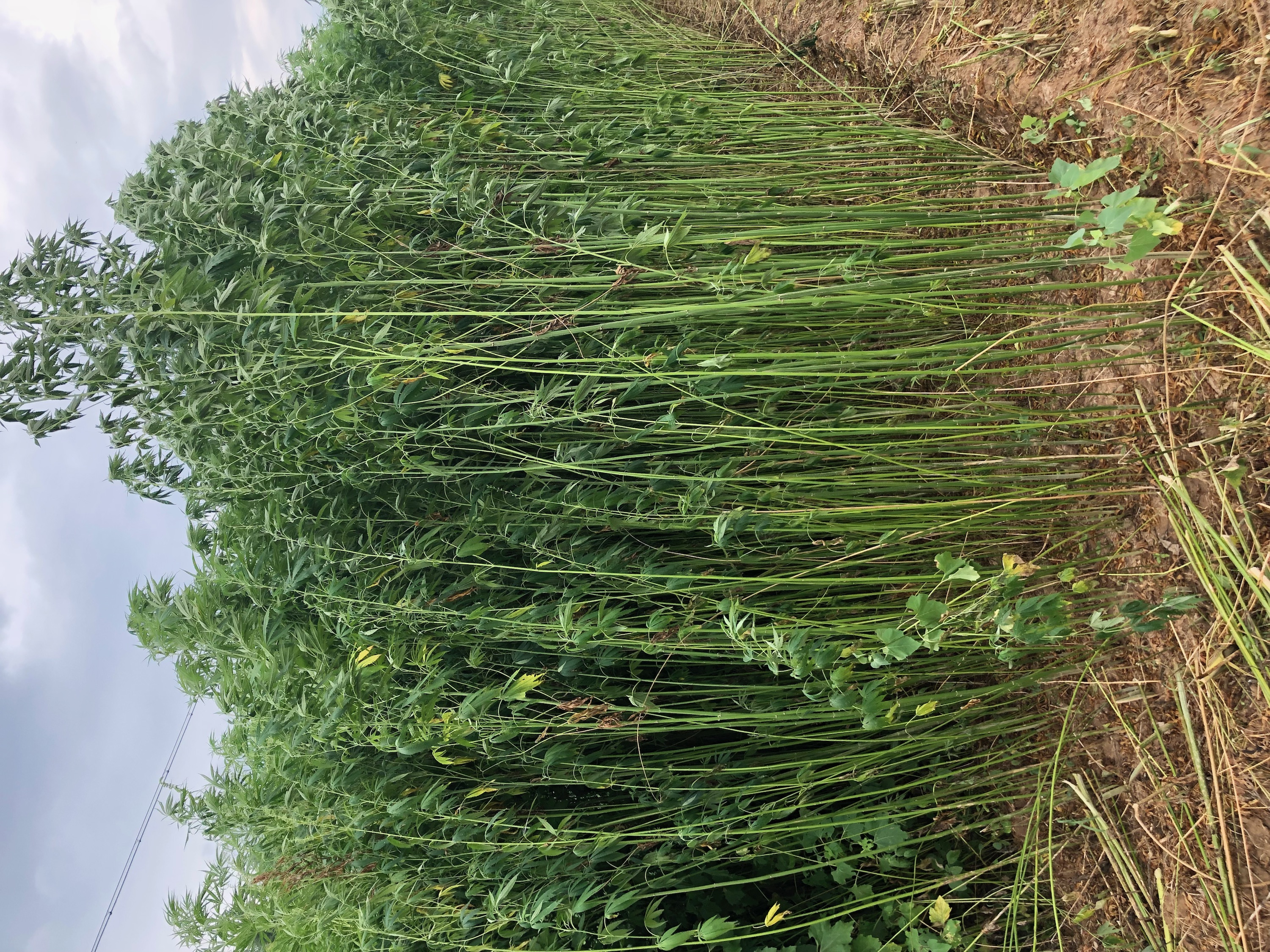
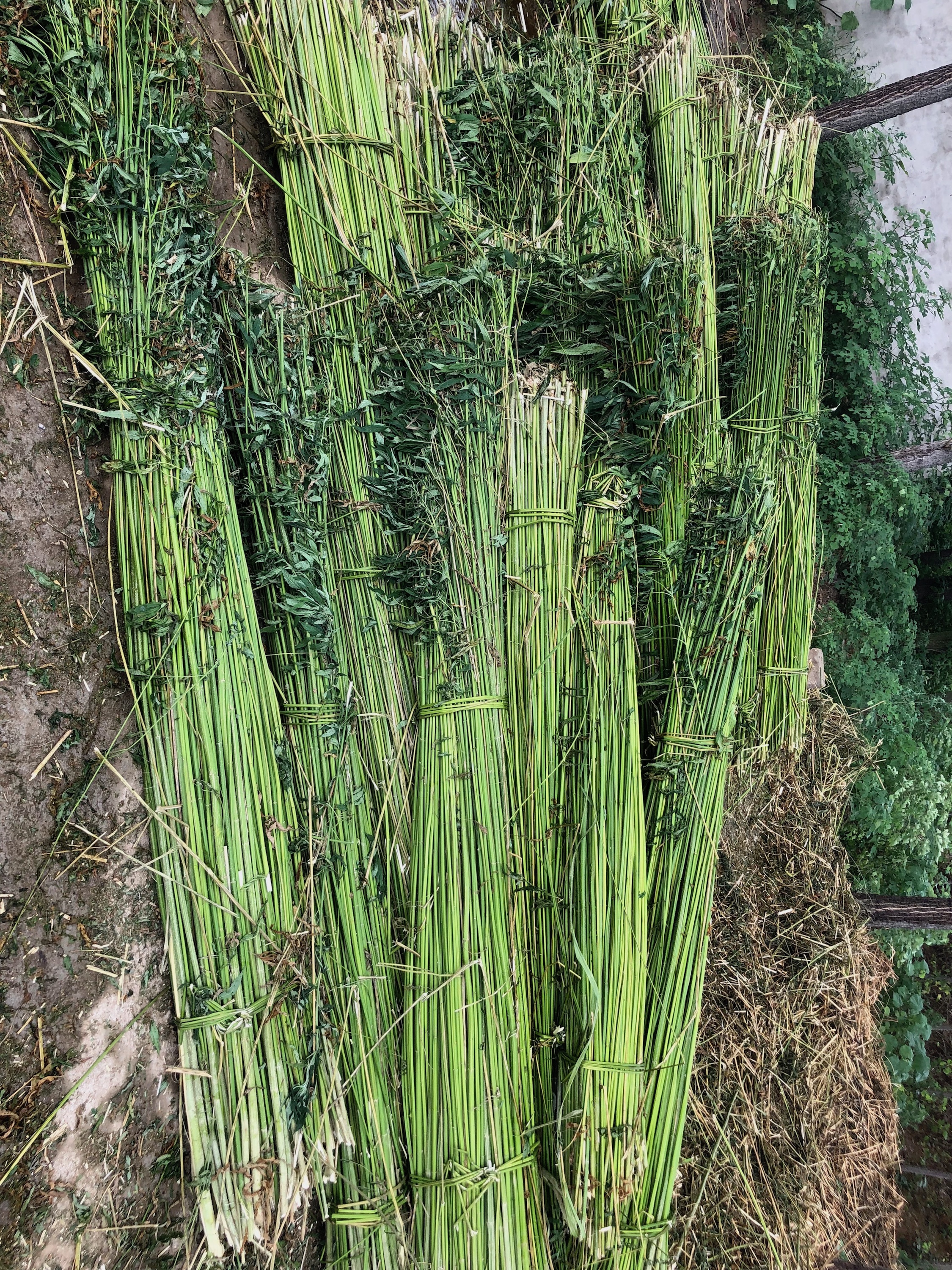
Hemp Fiber
Hemp fiber cultivars are grown closely together and can reach impressive heights, typically ranging from 10 to 12 feet. The stalks are narrower compared to those of grain and CBD varieties, and there are fewer branches emerging from the main stalk.
To ensure the best quality fiber, hemp fiber crops are harvested before they are pollinated and begin to produce seeds.
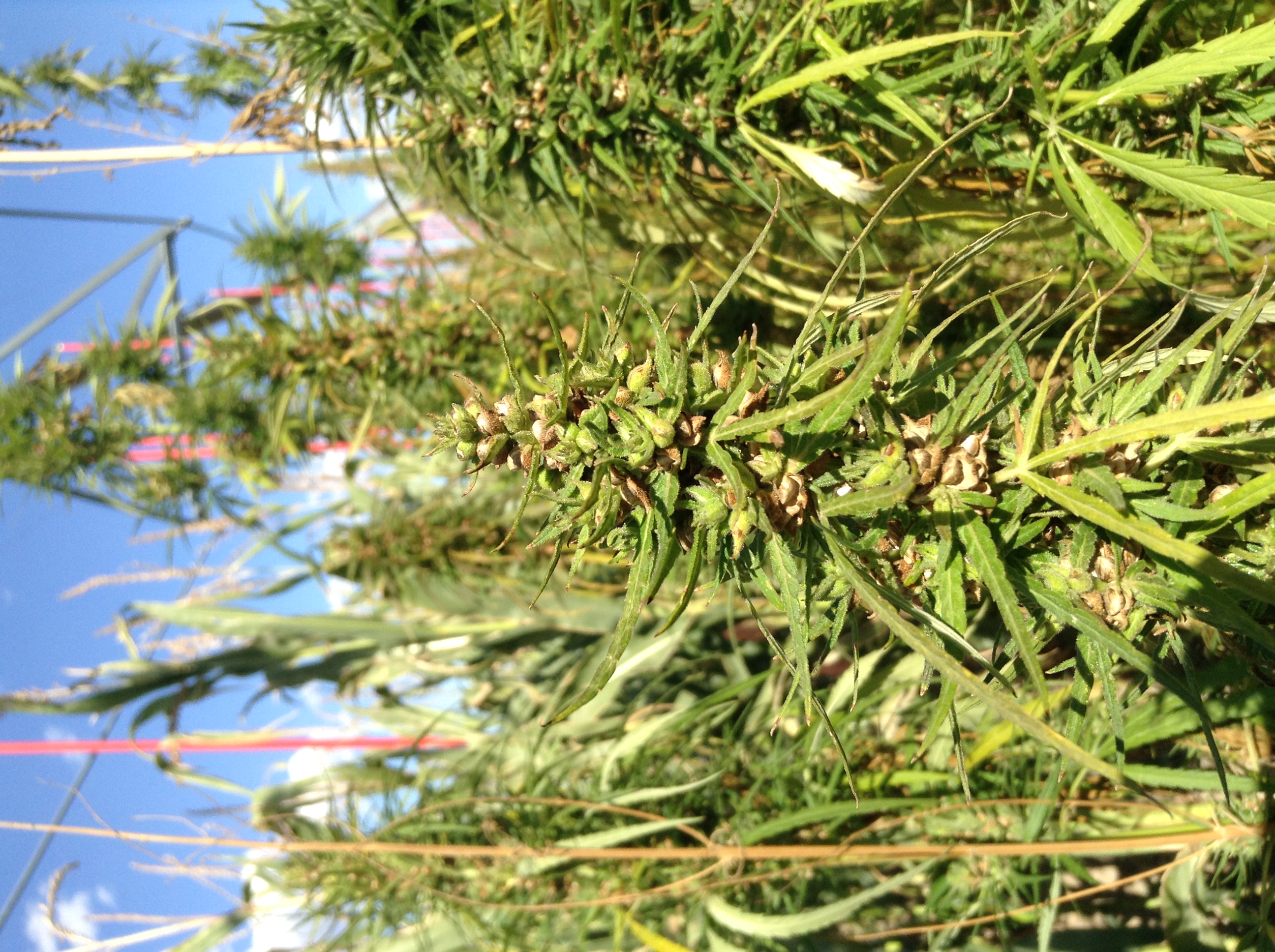
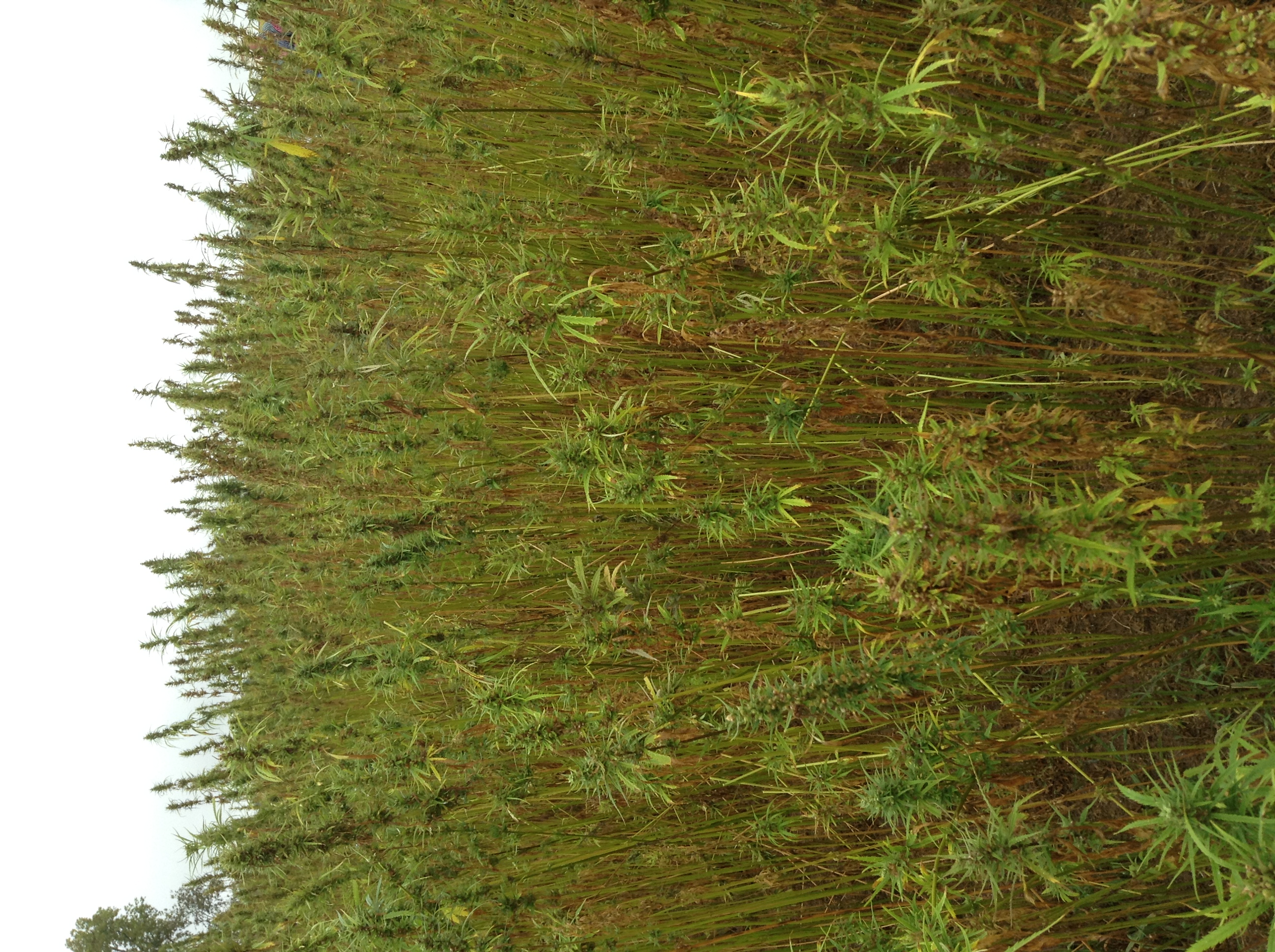
Hemp Grain
Hemp grain crops are cultivated primarily for their seeds. These fields are also grown densely, but unlike fiber crops, they have more branches. Hemp grain is mainly used in the food and nutrition industry due to its high protein, fiber, and fatty acid content. While not as slender as the fiber variety, hemp grain typically grows to about 5 to 7 feet tall. One important consideration for those looking to grow hemp for grain is that the seeds are thin-walled and delicate, making them more fragile.
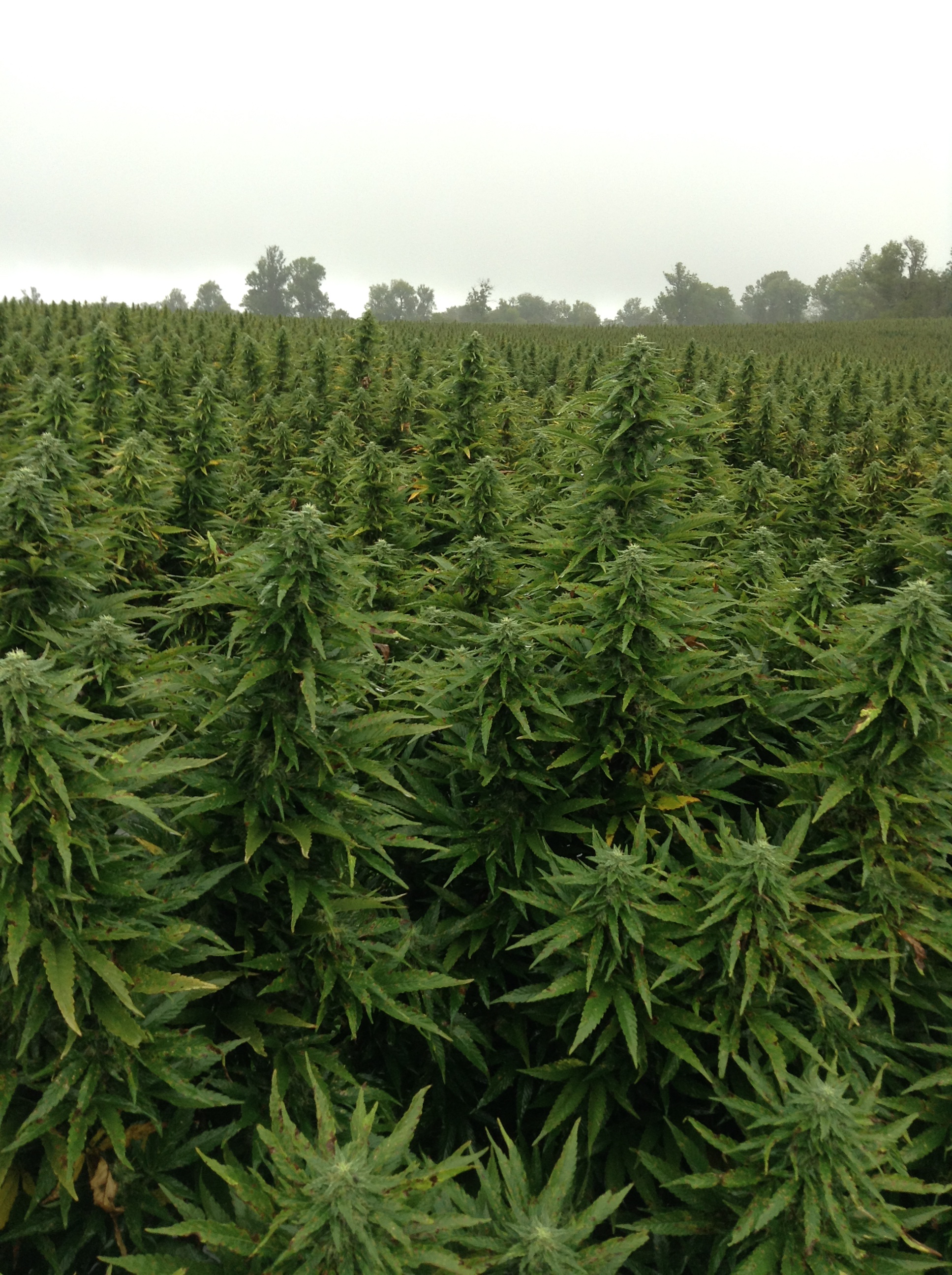
Medicinal Hemp (CBD)
Unlike the other two varieties, this type of hemp is quite bushy and can reach heights of 6 to 12 feet. Currently, it is the most profitable of the hemp varieties. Growers must closely monitor factors such as soil composition, pH levels, and moisture content to maximize CBD yields while ensuring that THC levels remain within legal limits.
Hemp is legal to grow on an industrial scale in most U.S. states, and it is legal to possess in all states, which often leads to confusion about its status. Hemp can be imported into the U.S. in various forms, including raw seeds, herds, or fiber, as well as finished products like t-shirts, twine, soaps, lotions, and rope. Despite being legal, nearly all hemp in America is imported from other countries, primarily China and Canada. However, hemp is gradually gaining popularity as an industrial crop in states like Montana, Colorado, and Kentucky, with many other states also jumping into the hemp production game.
Hemp has a rich history in the U.S. and was once a widely cultivated crop. Many of the founding fathers grew hemp for a variety of purposes, including paper manufacturing, textiles, and edible seeds. However, in 1937, the Marihuana Tax Act was passed, imposing a tax on cannabis sales, including both hemp and marijuana. There is some debate about the true motivation behind the act—whether it was due to the rise in marijuana use or the competition hemp posed to certain industries. Some argue that hemp's potential as a source of paper and textiles played a key role in the legislation. While the act was repealed in 1969, it was quickly followed by the Controlled Substances Act of 1970, which made it illegal to grow hemp without a permit due to its connection to marijuana.
